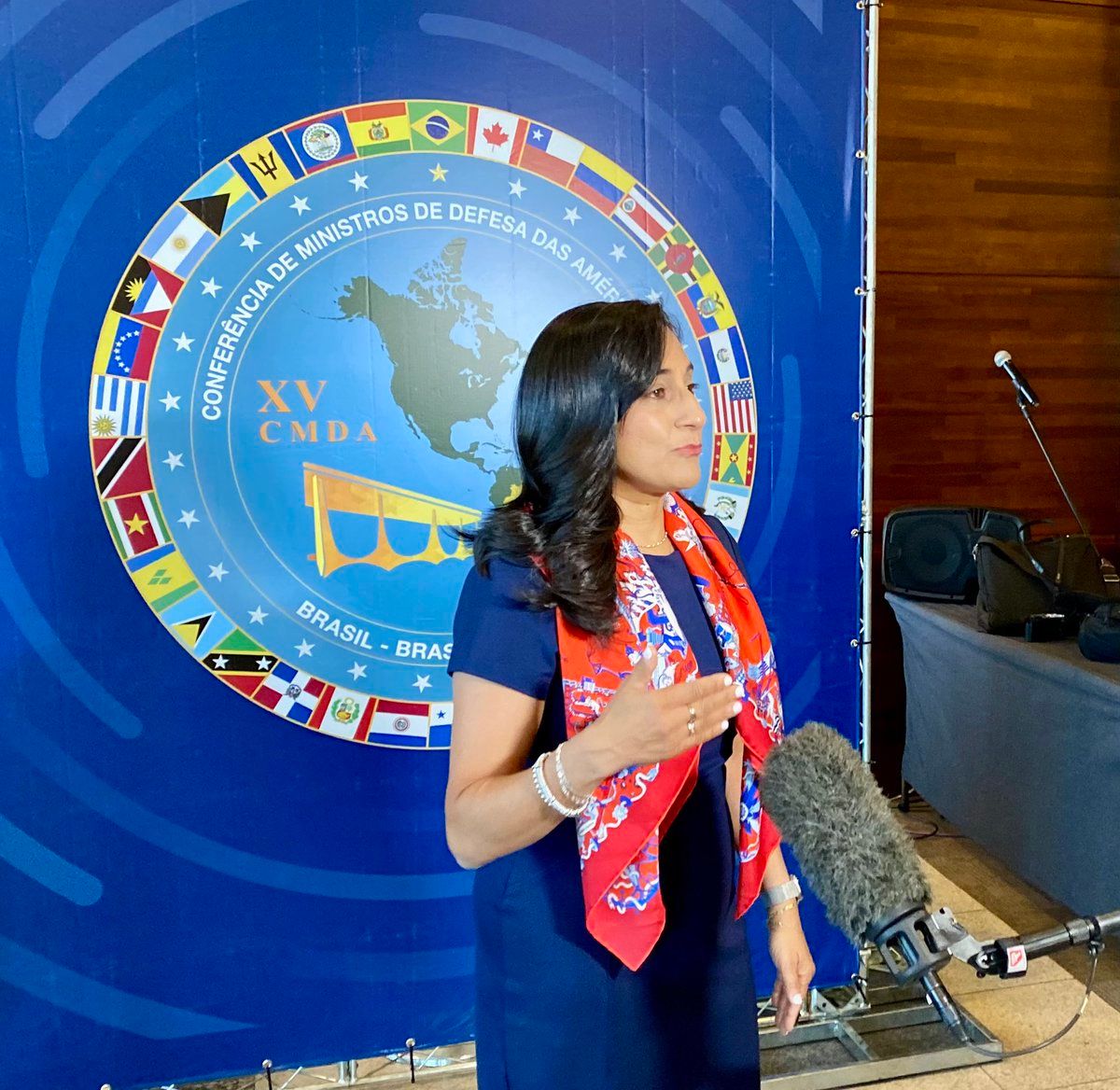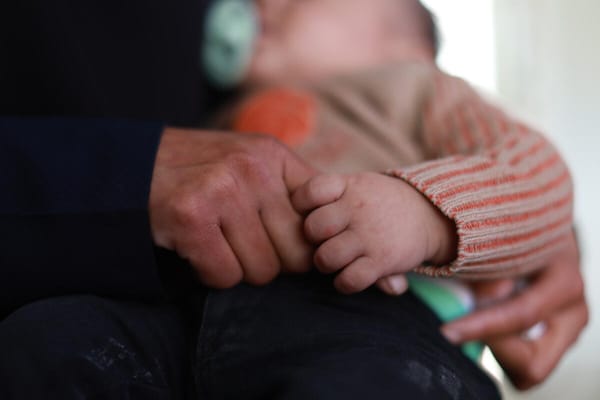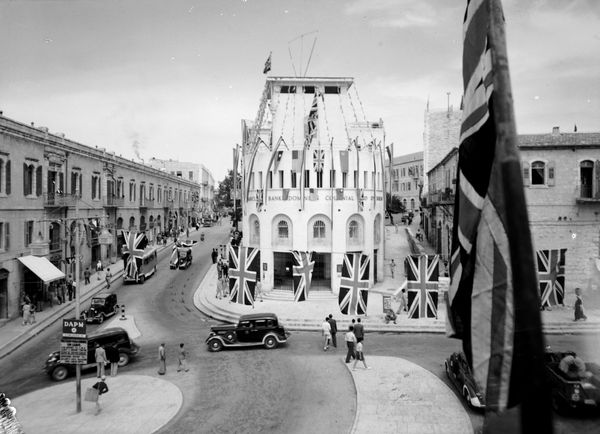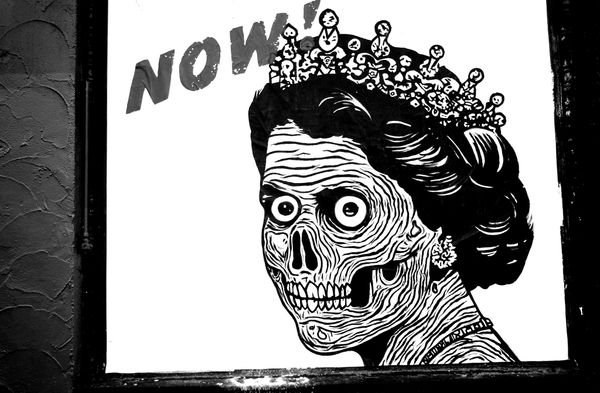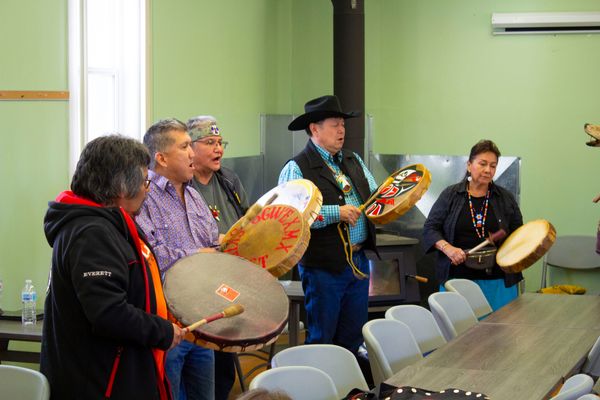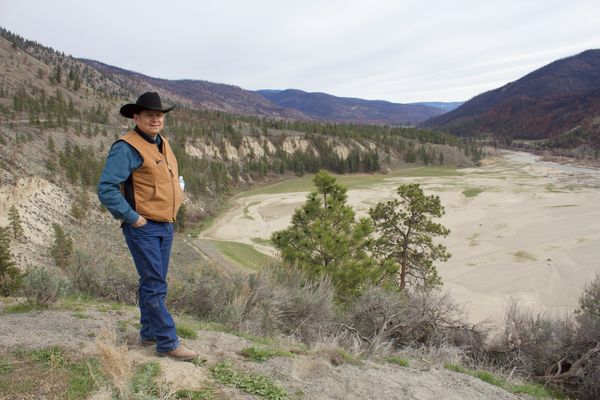Former defence minister Anita Anand was instructed to offer her counterparts advice about “reconciliation” before encouraging Latin American governments that violently suppress Indigenous-led protests to buy more Canadian-made weapons last year.
In particular, Anand’s briefing notes for the July 2022 Conference of Defence Ministers in Brazil highlighted Canada’s arms deals with Colombia. These have been a major point of concern among human rights activists who warn that such military supplies — including $418 million worth of light-armoured vehicles (LAVs) — could present a danger to Indigenous populations in the coal mining region of La Guajira.
The briefing documents, which The Maple obtained through an access to information request, show a disconnect between the Trudeau government’s purported support for Indigenous human rights and its lobbying efforts to expand the arms trade, according to Kelsey Gallagher, a researcher with the arms monitoring group Project Ploughshares.
“We have a cabinet minister going to other states, platforming Canadian defence goods and talking about Indigenous reconciliation, when a number of these states have a record of systematic human rights violations against Indigenous groups,” said Gallagher.
Anand served as minister of defence until July 2023, and now serves as president of the Treasury Board.
The briefing documents for last year’s conference show that Anand was instructed to stress the importance of Indigenous “reconciliation” efforts and to raise the possibility of cooperation in that work with the defence ministers of Peru, Brazil and Chile.
The message, which was nearly identical in Anand’s briefing notes for all of the above countries, explained that “addressing historical wrongs and pursuing reconciliation” with Indigenous peoples is a top priority for Canada.
DND’s official news release regarding the conference made no mention of Indigenous peoples or lobbying efforts for Canadian arms sales.
Talking points on reconciliation were notably absent in Anand’s briefing documents for her planned meetings with Colombian officials. Instead, her notes for those meetings focused on maintaining Canada’s “friendly” bilateral military partnerships with Colombia, a NATO partner nation.
The briefing documents noted that General Dynamics Land Systems - Canada (GDLS) sold 24 LAVs to the Colombian defence ministry in 2012, and another eight in 2014. GDLS was also “in discussion to provide additional [LAVs],” the document added. That deal was officially approved in June, carrying a price tag of $418 million.
“This deal is one of the biggest, if not the single biggest, Canadian arms sale to a Latin American country ever,” said Gallagher.
The document also referred to a deal between military helicopter manufacturer Bell Textron and the Colombian army, as well as talks between the British Columbia-based Viking Air and the Colombian defence ministry’s airline, SATENA, for the supply of Twin Otter aircraft. Finally, the document noted “opportunities related to a new naval base and Military headquarters building” in Colombia, but did not provide specific details about this project.
The document explicitly indicated the Canadian ministry’s intention to facilitate even more arms deals with Colombia, identifying the “defence and security” sector as being ripe for further “expansion of Canadian trade and investment,” along with mining, agriculture and infrastructure.
Canadian companies held $1.8 billion worth of mining assets in Colombia in 2021.
Concerns In Colombia
Activists and human rights groups have long raised concerns about Canadian arms sales to Colombia, along with other Latin American countries whose ministers Anand planned to meet with at the Brazil conference.
Amnesty International’s 2022 report for Colombia noted: “Indigenous leaders and defenders were attacked and killed and, in areas where armed opposition groups continued to operate, Indigenous and Afro-descendant communities were forcibly displaced and some faced humanitarian crises.”
Brent Patterson, director of Peace Brigades International - Canada, told The Maple that DND’s prioritization of lobbying for arms sales over raising concerns about Indigenous human rights violations is “deeply problematic.”
He added that the reference to developing an unspecified “new naval base” in Colombia in Anand’s briefing notes was particularly troubling. He explained: “One of our partners in Colombia is very concerned about a new naval base being built on territories, lands and waters claimed by ancestral Indigenous territories.”
Regarding coal-mining activities in La Guajira, Patterson explained that the highly controversial Cerrejón mine produces coal exports to Canada and other parts of the world, including Germany, which is importing more coal to offset its reliance on Russian energy sources in the context of the war in Ukraine.
“Concern about the political dynamics about Russia kind of trumps long-standing violations of Indigenous rights in Colombia,” said Patterson. The Cerrejón mine, he explained, draws massive amounts of water from nearby sources, compounding an existing lack of access to water, poverty and starvation for the Indigenous Wayúu people in the region.
Canadian-made LAVs, meanwhile, have been spotted at stations in the area, said Patterson. Activists on the ground, he explained, have expressed concern that anytime a region in Colombia is militarized, “it does have spillover effects on those lands and it constricts the space for political resistance, political action.”
Gallagher noted that in the spring of 2021, the Colombian National Police violently cracked down on peaceful protests against tax reforms.
“We have minister Anand talking about this deal, platforming Canadian weapons manufacturers, just a year after there was huge repression on major protests within Colombia,” he noted.
The Colombian National Police, Gallagher added, falls under the administration of the country’s ministry of defence. This does not necessarily mean that Canadian-made LAVs will go directly to the police, he explained, but the overlap between those institutions is a major cause for concern among human rights watchers.
Anand’s briefing notes also encouraged her to lobby her Chilean counterpart for expanded arms sales, with one of her “top messages” reading: “Canada’s defence and security industry is well-placed to meet Chile’s defence materiel requirements […] and we hope it will be considered in Chile’s military modernization.”
The Human Rights Watch world report for Chile in 2022 noted that the country’s government continued to fight Indigenous Mapuche land rights activists that year. The report also explained: “In October, a former Carabinero colonel was found guilty of killing a 17-year-old Mapuche boy, almost two decades after the death had taken place.”
“If you just do a basic search on the Human Rights Watch World Report, in terms of these countries, it takes two minutes to find concerns about police abuse, violence from security forces, concern about violations of Indigenous rights, and long-standing and systemic issues about the repression of peaceful resistance,” said Patterson.
Despite Colombia and Chile having incoming and current progressive governments respectively at the time of Anand’s meetings, Patterson warned, these are not a permanent safeguard against Canadian military supplies being used to crack down on Indigenous groups in the future.
“Whether it’s in Peru or in Colombia, or in other countries, it doesn't change the oligarchy or the economic elite that run the country; it doesn't change, structurally or systemically, the military, or magically erase ongoing concerns about about state violence or violence from state security agencies,” said Patterson. “It often has this sense that it’s like a temporary interlude.”
“By the time the first LAV is sold, or certainly the last is delivered, it could be a different government.”
Last month, leftist Colombian President Gustavo Petro announced emergency plans to invest in education, health, tourism and the water supply in La Guajira, in addition to the Pact for a Fair Energy Transition, a bid to shift the country's economy away from fossil fuels.
Expanding Arms Sales To Peru
In her briefing notes for a planned meeting with Peru’s then-minister of defence, José Luis Gavidia, Anand was instructed to tell her counterpart that “I would welcome the opportunity to [...] learn how the Peruvian military can work with the Indigenous peoples of your country.”
The same documents show that Anand was briefed to ask her Peruvian counterpart to consider buying more Canadian-made military supplies. A talking point listed under Anand’s “top messages” reads: “I […] encourage your officials, as you look to modernize the Peruvian military, to consider Canada’s defence industry, especially in the areas of aerospace, maritime domain awareness, and maintenance, repair and overhaul services.”
At the time of the meeting, Gavidia was part of the left-wing government of president Pedro Castillo, who won the 2021 election in part due to significant support from the country’s rural Indigenous populations. However, Castillo was ousted from office after attempting to dissolve an obstructive congress last December.
Castillo’s removal from office was foreseen as a possibility by Global Affairs Canada (GAC) staff. In documents first obtained by freelance journalist John Horler and shared with The Maple, then deputy-director of GAC Karen McNaught said during the first round of voting in the 2021 Peruvian election that Castillo would face a “fractured congress” and “could be impeached…” During the election period, GAC staff had described the left-wing candidate as “anti-trade,” and worried about the impact his policies might have on Canadian commercial interests, particularly in the mining sector.
In 2021, Canadian companies held $59 billion worth of mining assets in all of South America, with Peru alone accounting for close to $10 billion, or 5.1 per cent of all Canadian mining assets held abroad. That figure made Canada the third-largest mining investor in Peru.
Following Castillo’s removal from office, widespread protests in areas largely populated by Indigenous peoples erupted.
The new Peruvian government, which is supported by Canada, proceeded to violently crack down on those protesters, killing dozens. In January this year, Amnesty International reported that at least 40 protesters had been killed by state security forces since December 2022.
As a result of this violent repression, Amnesty International Canada called on the Trudeau government to suspend arms sales to Peru in May. This call, Gallagher said, would not have been taken lightly.
“Amnesty really watches their words, and they don't shoot from the hip,” he explained.
Amnesty called the Peruvian government’s actions “systemically racist” because “it has disproportionately targeted Indigenous people, who have historically suffered discrimination, unequal access to political participation and the denial of their human rights.” Canadian arms sales to Peru totalled $560 million last year.
Instead of heeding that call, Canadian ministers have sought to deepen trade ties with Peru since the protests began. International trade minister Mary Ng emphasized Canada’s support for Peru's deeply unpopular government in a meeting with the country’s prime minister at a mining convention back in March.
For Gallagher, Anand’s briefing documents beg the question of what it would take for the Canadian government to cut off arms sales to problematic governments.
“In what contexts would Canadian officials not bring up potentially buying weapons from Canada? In what context would they not platform Canadian arms manufacturers? How bad does a human rights record have to be for them not to pitch Canadian arms sales?”
Alex Cosh is the news editor of The Maple.


